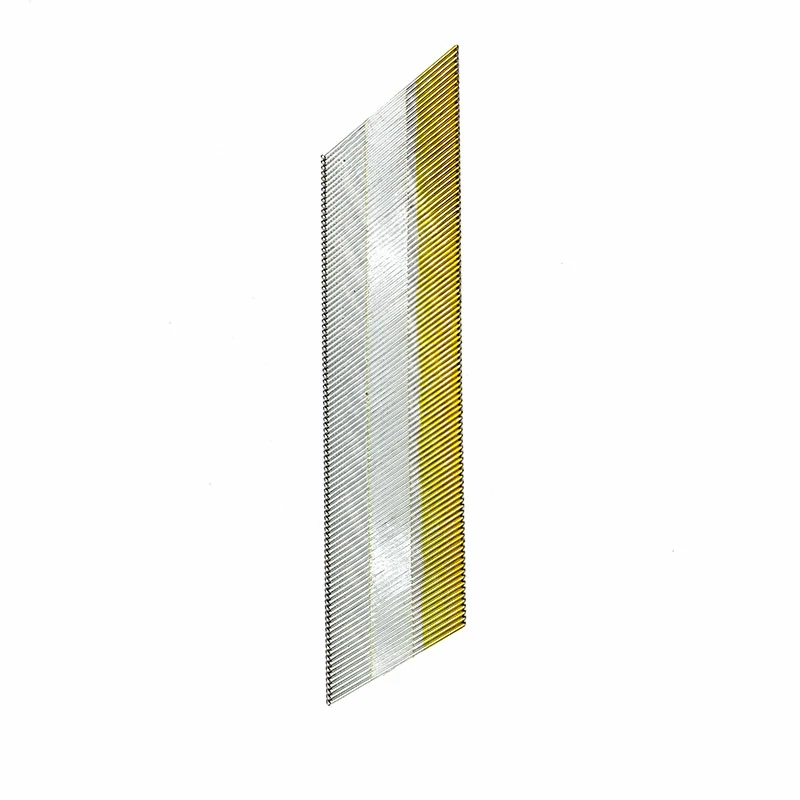Are there any safety precautions I should take when using a nail gun?
When using a nail gun, it’s essential to follow proper safety precautions to prevent accidents and injuries.
Here are some important safety precautions to consider:
- Familiarize Yourself with the Manual:
- Read and understand the instruction manual provided by the nail gun manufacturer. Follow the guidelines, recommendations, and safety instructions specific to your nail gun model.
- Wear Personal Protective Equipment (PPE):
- Always wear appropriate personal protective equipment, including safety glasses or goggles to protect your eyes from flying debris.
- Use hearing protection, such as earplugs or earmuffs, as nail guns can generate loud noise.
- Wear sturdy work gloves to protect your hands from potential injury.
- Inspect the Nail Gun:
- Before using the nail gun, conduct a thorough inspection to ensure it is in good working condition.
- Check for any damage, loose parts, or signs of wear. Do not use a nail gun that appears damaged or malfunctioning. Report any issues to the appropriate personnel for repair or replacement.
- Maintain a Safe Work Area:
- Clear the work area of any clutter, debris, or tripping hazards.
- Ensure there are no bystanders or unauthorized personnel within the range of the nail gun.
- Keep children and pets away from the work area.
- Proper Handling and Operation:
- Hold the nail gun securely and maintain a firm grip while operating it.
- Keep your finger off the trigger until you are ready to fire the nail gun.
- Never point the nail gun at yourself or others, even when it is not loaded.
- Never carry a nail gun with your finger on the trigger.
- Correct Nail Selection:
- Use nails specifically designed for your nail gun model and recommended by the manufacturer.
- Ensure that the nails are the appropriate size and gauge for your project.
- Workpiece Stability:
- Ensure that the workpiece is stable and properly secured before firing the nail gun.
- Avoid awkward positions or overreaching, as it can compromise your balance and control.
- Disconnect Power:
- When not in use, disconnect the nail gun from the power source or remove the battery to prevent accidental firing.
- Maintenance and Cleaning:
- Regularly clean and maintain your nail gun according to the manufacturer’s instructions.
- Lubricate the nail gun as recommended to ensure smooth operation.
Remember, these precautions are general guidelines, and it’s important to refer to the specific safety guidelines provided by the manufacturer of your nail gun. 10d nails for nail gun By following these precautions and using the nail gun responsibly, you can minimize the risk of accidents and ensure a safer work environment.
What are some common injuries or accidents that can occur when using a nail gun?
When using a nail gun, there is a potential for various injuries and accidents if proper safety precautions are not followed.
Here are some common injuries or accidents associated with nail gun use:
- Puncture Injuries:
- Accidental firing of the nail gun can result in puncture wounds or lacerations if the nail penetrates the skin.
- These injuries can occur to the hands, fingers, feet, or other body parts if proper handling and trigger control are not maintained.
- Striking Body Parts:
- Misfires, recoil, or unintended nail discharge can lead to the nail gun striking body parts, causing bruising, fractures, or other injuries.
- This can occur if the nail gun is not properly positioned or if the user loses control of the tool.
- Flying Debris:
- During nail penetration, wood splinters, metal fragments, or other debris can be ejected, posing a risk to the eyes or other exposed body parts.
- Failure to wear appropriate eye protection can result in eye injuries or vision damage.
- Cumulative Trauma:
- Repetitive use of a nail gun without proper ergonomics or technique can lead to cumulative trauma disorders, such as tendonitis or carpal tunnel syndrome.
- Continuous vibration or excessive force applied to the hands, wrists, or arms can contribute to these conditions.
- Electrical Hazards:
- Electric-powered nail guns pose a risk of electrical shock if they become wet or if the power cord is damaged or improperly grounded.
- Failure to follow electrical safety guidelines can result in electrical accidents or injuries.
- Falls or Trips:
- Cluttered or poorly organized work areas can increase the risk of trips, falls, or slips while handling a nail gun.
- Losing balance or stability while operating the tool can lead to additional injuries or accidents.
- Unintended Nail Penetration:
- Inadequate awareness of the work area, such as hidden electrical wiring or plumbing, can result in unintended nail penetration, causing damage to infrastructure or utilities.
It’s important to note that these risks can be mitigated by following proper safety procedures, wearing appropriate personal protective equipment, receiving adequate training, and adhering to the manufacturer’s guidelines for the specific nail gun model being used.
